
Three-year-old Ted’s strong fascination with bees led to the children and staff at Osmotherley Pre-school in North Yorkshire finding out more about these important plant pollinators.
‘Ted is very bee orientated and has been involved with them from a very early age because of his granddad who is a well-known beekeeper in the area,’ explains manager Gill Hunton.
‘Ted loves bees and knows so much about them. We only have 20 children attending the pre-school so we can really focus on children’s interests and draw other children in. We are a rural setting and incorporate forest school philosophy into our everyday routines along with Reggio Emilia. We aim to look after each other, our community and the planet, so investigating bees weaves through our philosophy.
‘We thought that World Bee Day [celebrated in May each year] was the ideal opportunity to raise awareness of the importance of looking after the bee population because if they don’t survive then we don’t have pollination, which is essential for many food crops.’
TAKING THE LEAD
On World Bee Day, Ted came to pre-school wearing his beekeeping suit and veil. ‘Some of the children were a little scared because they could only see Ted’s face, while others thought that it was a space suit,’ says Gill. ‘They were really interested to know why he was wearing the special suit, and Ted, who doesn’t always like attention focused on him, really came into his own as he talked about bees and why beekeepers need to wear the suit to protect them from getting stung, which can hurt and make you poorly. It was good to see him taking the lead and sharing his knowledge, which gave him confidence.’
The children liked looking at the beekeeping suit and examining how it stops skin being exposed. They talked about how bees sting to defend themselves when they feel threatened, but that they only do this when they feel provoked. Children learned that, sadly, not only does it hurt when you are stung but it also results in the bee dying.
‘Ted told the children how you have got to be very careful with bees and that they can “swarm”. He used that term and then explained that it’s when hundreds of bees fly together,’ says Gill. ‘He recalled a time when a swarm came to one of their windows and stuck to it. His grandad had to carefully gather the swarm and get them back to the hive, where they live.’
TASTE OF HONEY
Ted also brought in some honey harvested from his granddad’s hives for the children to taste. They learned that honey is produced by bees in order to store up food to sustain them through winter when there are not many flowers around. They make the honey from nectar, the sweet liquid that is produced by flowers to entice bees to spread their pollen.
Many of the children didn’t realise that honey comes in different consistencies, from granulated honey to solid honey and the runny honey that we associate with Winnie-the-Pooh. They also didn’t know that honey tastes different depending on what plants the bees have collected nectar and pollen from. Honey made locally to Osmotherley Pre-school is distinctive because the bees gather it from heather on the North Yorkshire Moors. ‘Not all the children had tasted honey before and all but one liked it,’ says Gill.
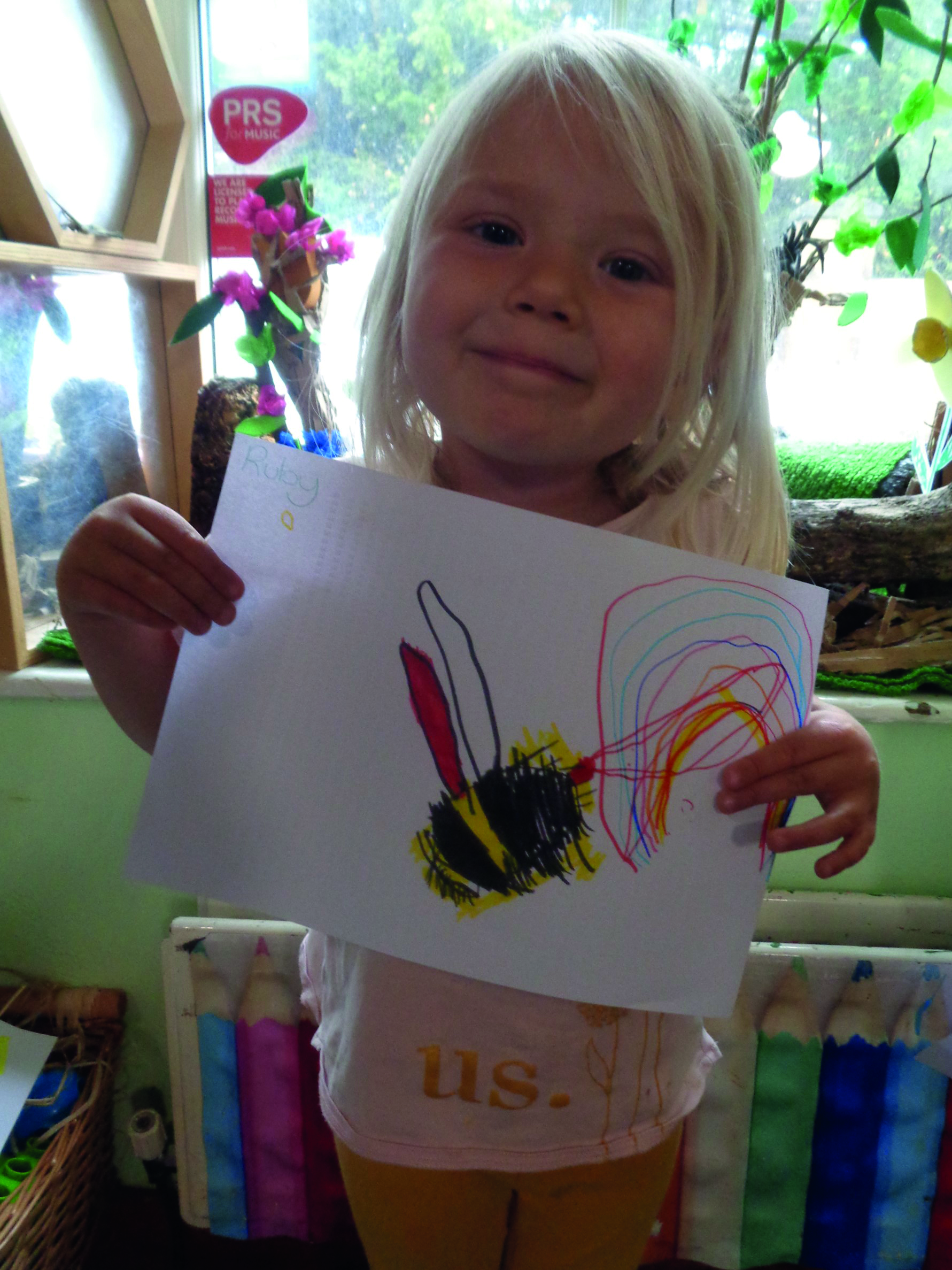
HONEYS
Tasting the honey led to discussions around how honey is made. ‘It was quite a complex thing to explain because the children knew that bees live in hives but didn’t know about the honeycomb frames inside the hives,’ says Gill. ‘Ted mentioned how you keep bees calm when you are extracting honey by using a smoker that puffs smoke over them and calms them down. The children appeared concerned because they know that smoke comes from fire. We had to explain that it does not set fire to the bees.’
Staff hope that Ted’s granddad will soon be able to visit the pre-school to talk to the children in more detail about beekeeping and show them a smoker, honeycomb frames and maybe even a hive.
BUZZING AROUND
Along with there being different types of honey, children were surprised to learn that there are different types of bee. ‘We looked at images of bees and the children were amazed that there wasn’t just one bee, there are different shapes, sizes and colours. We counted bees in pictures, made comparisons and looked at a poster that labelled a bee’s anatomy, including antennae and abdomen, which extended the children’s vocabulary.’
Children painted pictures with black and yellow stripes, and some drew their own images of bees. They also discussed how bees move and communicate through different body movements – called the waggle dance. ‘We often listen to classical music so we played Flight of the Bumblebee to the children – helping them to say “Rimsky-Korsakov” made them giggle!’ Gill recalls.
PROTECTING BEES
The children’s fascination with bees continues. Ted has extended the investigations by bringing in two fragile wasp nests for the children to examine. Discussing how bees are insects and looking at the features of their bodies led to another child bringing a bug identification book into pre-school.
‘Through our investigations, they now know the importance of bees, with one child making reference to the dinosaurs and saying that he didn’t want bees to become extinct like them,’ Gill adds. ‘They know it is important to grow bee-friendly plants, and hopefully as they grow up they will remember some of the things we have talked about and won’t want to see all the hedgerows or nettles cut down because they will want to protect insects.’
BOOK CORNER
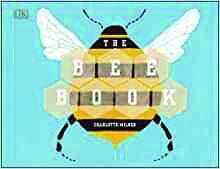 The Bee Book by Charlotte Milner
The Bee Book by Charlotte Milner
Learn all about bees as they adventure from flower to flower. Find out how much they matter, why they are declining, and what we can do to help.
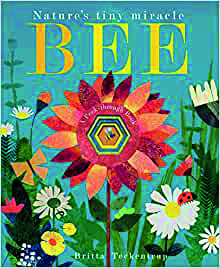 Bee: Nature’s tiny miracle by Patricia Hegarty and Britta Teckentrup
Bee: Nature’s tiny miracle by Patricia Hegarty and Britta Teckentrup
Follow the miraculous little bee on its journey in this lyrical book with stunning illustrations.
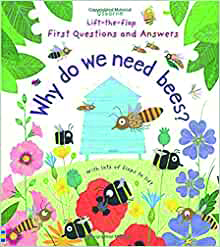 Why Do We Need Bees? by Katie Daynes and Christine Pym
Why Do We Need Bees? by Katie Daynes and Christine Pym
Children can find the answers to why we need bees, how they make honey and who’s who in a beehive, and many more questions, in this informative lift-the-flap book.
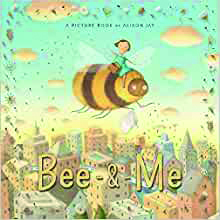 Bee and Me by Alison Jay
Bee and Me by Alison Jay
A bee flies in the window and a little girl is frightened. She traps the bee and then wonders what to do. A beautiful wordless picture book which introduces children to the ecology of the natural world.
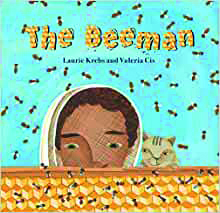 The Beeman by Laurie Krebs and Valeria Cis
The Beeman by Laurie Krebs and Valeria Cis
Find out where honey comes from as Grandpa the Beeman teaches the basics of beekeeping to his grandson in this rhyming story.
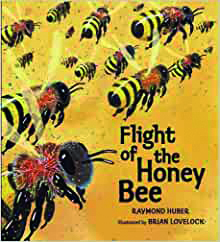 Flight of the Honey Bee by Raymond Huber and Brian Lovelock
Flight of the Honey Bee by Raymond Huber and Brian Lovelock
A tiny honeybee emerges from the hive for the first time. Using sunlight, landmarks and scents to remember the path, she flies in search of pollen and nectar to share with her hive.
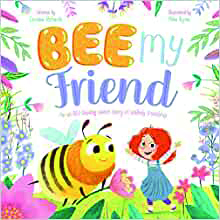 Bee My Friend by Caroline Richards and Mike Byrne
Bee My Friend by Caroline Richards and Mike Byrne
Poppy is terrified of bees. What if they sting her? But when Bernard Bumblebee lands in her garden, Poppy soon begins to learn all about the special things that bees do.









